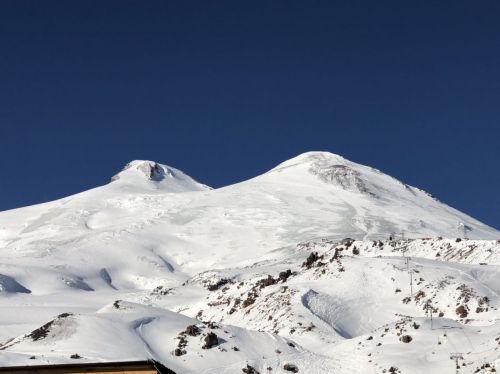Peter the Great is considered one of Russia's greatest rulers. He was a great reformer, strategist, and builder who was the first of the tsars to travel abroad to learn and watch the world develop.
He wasn’t reluctant to act incognito to take on physical labor. He tried to transfer all the experience he gained to Russia. He won wars, built cities, and changed the country for the better. His methods were not always benign and approved by everyone. It is said that he was great but also cruel.
He was the son of Alexei I Mikhailovich (Tsar of Russia from 1645 to 1676, father of three successive tsars of the Romanov dynasty - Fyodor III, Ivan V, and Peter I), and Natalia Kirillova Naryshkina (Tsarina of Russia, second wife of Tsar Alexei I Romanov).
His education took place under the tutelage of enlightened teachers, including Simeon Polotsky, a great poet and dramatist who came from the Polish-Lithuanian Commonwealth. He received a thorough education, learned German and Dutch in his youth, and was interested in technical and military issues.
Fyodor's death, after six years of rule, led to conflict between Peter and his other half-brother Ivan, who was mentally limited.
The brothers co-ruled until Ivan V died in 1696.
She married Peter shortly before an attempt on his life, prepared by the Tsar's half-sister Sophia Romanova (Peter threatened her claim to the throne). Three sons were born of the union with Eudoxia: Alexei Petrovich (who was later imprisoned, tortured, and executed in Petropavlovsk on his father's orders), Alexander Petrovich, and Pavel Petrovich. The marriage, however, did not turn out to be a happy one, Peter dismissed his wife and later confined her to the Pokrovsky Monastery in Suzdal.
This made him realize the need for a strong navy.
In 1697-1698, he embarked on an official diplomatic, 18-month mission called the “Grand Embassy,” traveling through the countries of Western Europe. He went on this trip incognito as Peter Mikhailov.
However, diplomatic considerations were not the only ones that came into play. Peter was curious about Europe, he wanted to see and learn about it. He wanted to gain as much knowledge as possible in matters that interested him.
He wanted to establish permanent diplomatic relations with European courts to gain their support in the struggle against the common enemy - the Ottoman Empire, and to acquire specialists in various fields for his country.
These included three governors: Novgorod, Siberia, and Belov.
In social contacts, Peter I was perceived as an attractive man with a noble demeanor and pleasant appearance. His intellectual qualities were also appreciated, but his lack of social savvy was also recognized, and his behavior was described as typical of a representative of his country.
He settled in the enclosed area of the shipyard. Every day he went to work together with the craftsmen building the 30-foot frigate, which the Company named after the apostles Peter and Paul. He ate meals with his fellow workers, who addressed him by his first name, although everyone knew who he actually was.
He took a keen interest in minutiae, "trying to pinch a particle from each discipline for his own use." He made massive purchases of technical equipment, books, biological preparations, etc. He also recruited more than 100 craftsmen and many officers.
The repercussions of this trip were the changes that took place in Russia. From a semi-oriental, remaining isolated country, Russia turned into an important participant in European politics. The reforms that the tsar began to introduce upon his return touched almost every area of the country's life. They were often not only a reproduction but also a copy of the devices and solutions the tsar saw in Western Europe.
Among them were military officers, craftsmen, and people of science and art. Their task was to teach Russians and instill Western European progress in the country.
He established a table of ranks. The first to be introduced were changes in customs (boyars had to shorten their robes and shave their beards, which could now only be worn by clergymen, peasants, and merchants - for a special fee). He also introduced Western dances and smoking.
He also established magistrates governed by mayors.
He placed subordinates at the head of the new offices, thus perpetuating tsarist absolutism and centralization of power.
In 1721, the Senate proclaimed Tsar Peter the Great as Emperor of All-Russia.
He reformed the existing Cyrillic alphabet, creating a new script. He established the St. Petersburg Academy of Sciences.
At the time, the Julian calendar was used only in Protestant countries; Catholics had already been using the Gregorian calendar for 100 years.
Russia gained its "window on the world" that Peter I had so sought.
He conquered Kamchatka and fought a war with Persia, consolidating Russia's position in the Caspian Sea region.
He is buried in the Peter and Paul Cathedral on the grounds of the Peter and Paul Fortress in St. Petersburg.











